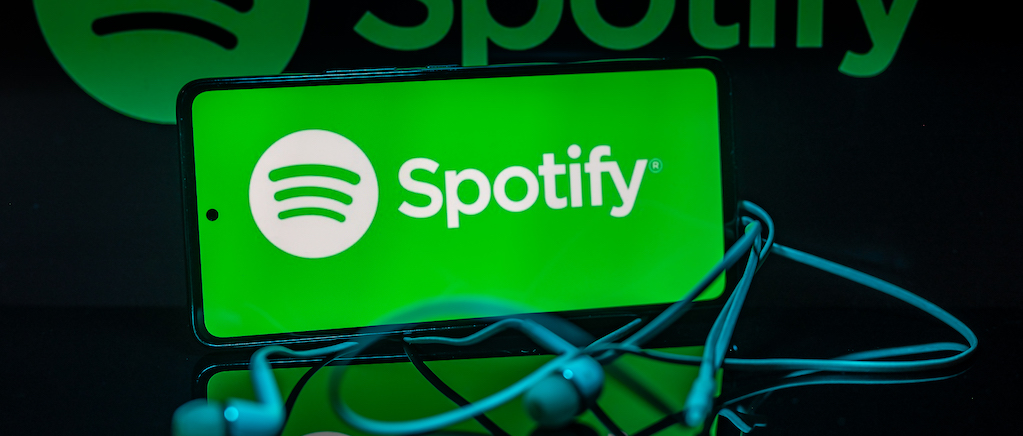Getty Image
Spotify is cracking down on streaming fraud, announcing new rules today designed to help keep would-be fraudsters from gaming the various systems that ensure independent and underground artists get paid their share as the company raises prices on end users. Under the current system, Spotify pays three cents a month to any song that accumulates between one and 1,000 plays.
So, how many streams must a song have to earn royalties now?
When the new rules kick in in 2024, a song must have 1,000 plays in the past 12 months before earning royalties. Spotify says “99.5% of all streams are of tracks that have at least 1,000 annual streams, and each of those tracks will earn more under this policy,” and believes the changes will “eliminate one strategy used to attempt to game the system or hide artificial streaming, as uploaders will no longer be able to generate pennies from an extremely high volume of tracks.”
According to its press release, Spotify “will not make additional money under this model. There is no change to the size of the music royalty pool being paid out to rights holders from Spotify; we will simply use the tens of millions of dollars annually to increase the payments to all eligible tracks, rather than spreading it out into $0.03 payments.” So while, this could negatively affect newer, lesser-known artists, those artists probably weren’t getting paid much anyway, and with more money in the pool, other under-the-radar artists could benefit.
In addition, noise tracks such as white noise, static, whale sounds, etc. must be at least two minutes long to qualify for royalties, and Spotify will now penalize labels and distributors for artificially inflating their streams (looks like J. Cole wins this round).
Hopefully, these policies will help to curtail at least some of the fraud strategies in use, but it remains to be seen if this ultimately winds up helping artists make more money or just protecting Spotify’s bottom line. More money will stay in the royalty pool, but it still needs to be distributed to the artists and major-label artists will still soak up the lion’s share of that money. If these changes do help more artists remain solvent, though, it’ll be nice to see similar measures adopted across the streaming industry.




